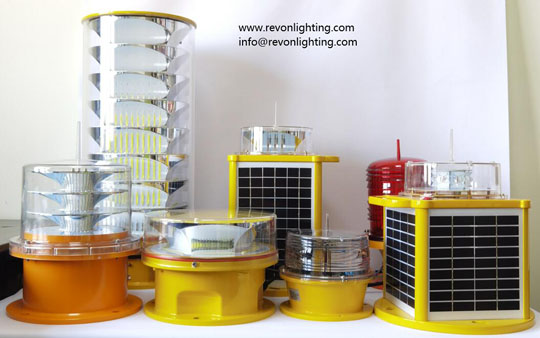Red obstruction lights are essential safety features for tall structures such as buildings, bridges, and wind turbines. These warning lights emit a steady red light to alert pilots to the presence of potential hazards that could obstruct their flight path.
The Federal Aviation Administration (FAA) requires all structures over 200 feet in height to have red obstruction lights installed. This requirement helps to prevent accidents caused by collisions with tall structures such as power lines, communication towers, and other obstacles.
Red obstruction lights come in different shapes and sizes, including strobe lights and steady-burning lights. Some are designed to be visible from several miles away, ensuring that pilots have ample time to adjust their flight paths accordingly.
| Red Obstruction Lights | Red Obstruction Light |
When installing red obstruction lights, it is important to consider the heights of nearby structures to ensure proper visibility and effectiveness. Proper placement and installation will also help to minimize light pollution and reduce the impact on surrounding communities.

Maintenance of red obstruction lights is critical to ensure their continued effectiveness. Regular inspections and repairs should be performed to keep the lights functioning properly. Failure to maintain the lights can result in fines or even legal action if an accident occurs due to non-functioning or improperly placed lights.
In conclusion, red obstruction lights are crucial safety features that serve to protect both pilots and the public. Proper installation, maintenance, and compliance with FAA regulations are necessary to ensure their effectiveness. By working together to prioritize aviation safety, we can help to prevent accidents and protect lives.